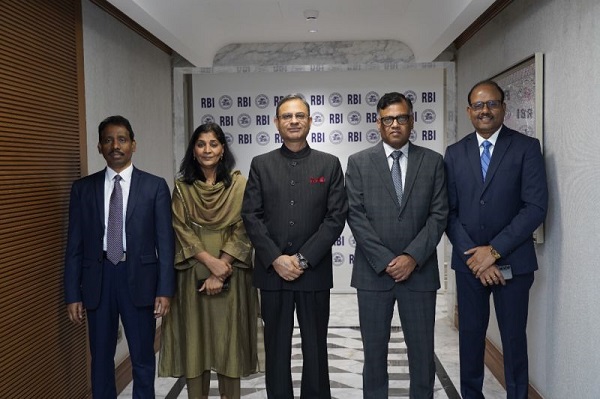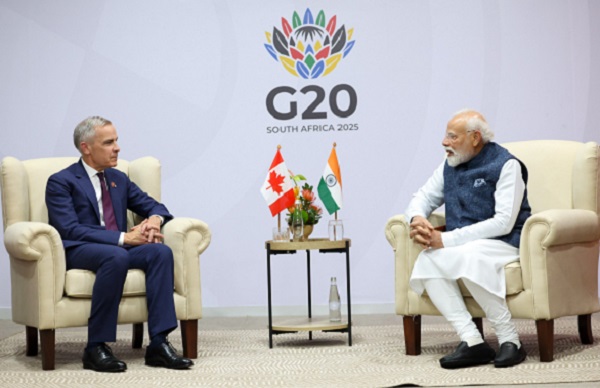.png)
Yield Scribe is a bond trader with a macro lens and a habit of writing between trades. He follows cycles, rates, and the long arc of monetary intent.
August 11, 2025 at 2:11 AM IST
The Reserve Bank of India’s 50-basis-point rate cut in June 2025 was meant to deliver a powerful shot of monetary stimulus. Instead, it has played out like a rate hike. Bond yields across the curve have risen sharply since the policy, undermining the yield curve’s role as a “public good”, a term used by Shaktikanta Das, now the Prime Minister’s Principal Secretary, during his time as RBI governor.
The yield curve, he argued in a 2021 address to the Fixed Income Money Market and Derivatives Association, anchors the cost of capital for the entire economy, from the sovereign to the smallest corporate borrower. An efficient curve is critical to monetary transmission.
That efficiency is under strain. Since the June monetary policy committee meeting and the shift in stance from accommodative to neutral, Indian government bond yields have climbed between 20 and 32 basis points across maturities from three years to 50 years. The damage is most pronounced at the long end, where yields on bonds with more than 15 years’ maturity have risen by 30–35 basis points. AAA corporate bond yields have followed suit, up 20–28 basis points. This is despite a fall in 10-year US Treasury yields from 4.39% to 4.28% over the same period and little movement in Brent crude, which hovered between $65 and $66.5 a barrel. The rise is home-grown.
By the bond market’s maths, the 50-point cut on June 6 has been neutralised. A yield rise of 20–30 points amounts to the equivalent of a 25-point rate hike. Far from easing financial conditions, the RBI has tightened them.
Policy misstep
The trigger was not the cut itself but the decision to pair it with a stance change to neutral. Forward guidance is one of a central bank’s most potent tools. By signalling a willingness to cut further, the MPC can hold yields down and improve transmission. The June policy statement instead said that, after 100 basis points of reductions since February, “monetary policy is left with very limited space to support growth” and changed the stance to neutral from accommodative. That told bond investors to stop expecting more cuts, removing the incentive to keep yields anchored.
A more traditional move — a 25-point reduction while retaining the accommodative stance — might have kept the door open to further easing and helped stabilise yields. The governor’s argument for a front-loaded cut was to bolster the real economy. But monetary transmission is not an either-or proposition; cutting rates without preserving supportive guidance weakens its own impact.
The August policy compounded the damage. Markets were primed for a dovish hold. Instead, the RBI trimmed its 2025–26 CPI forecast to 3.1% but projected inflation at 4.9% in the April–June 2026 quarter, effectively raising the bar for further cuts. The MPC’s repeated references to core inflation — at 3.7% in June, excluding gold — muddied the waters. Its statutory mandate is to target headline inflation. Using core as a justification for hawkishness looked like a shifting of goalposts.
Investors were left questioning whether the RBI’s forward guidance was now conditional on variables not in its remit. The context makes that confusion costly. The urban and formal economy is losing momentum. Passenger vehicle and two-wheeler sales are anaemic, non-oil, non-gold imports are falling, corporate earnings are underwhelming, fuel consumption is weak, and credit growth is faltering. The new 50% US tariff on Indian exports will cut into GDP growth, particularly in labour-intensive sectors.
Globally, the trade backdrop is deteriorating. US tariffs are likely to slow growth and dampen inflation in most of the world, while pushing the US towards stagflation. China will divert exports to other markets, adding to global disinflationary pressure. Oil’s physical demand–supply balance favours lower prices as OPEC+ focuses on regaining market share. Broader commodities will soften as tariffs and deglobalisation weigh on activity. US data revisions have shown weaker employment growth than first reported, prompting markets to price in almost 60 basis points of Federal Reserve cuts by year-end. The dollar index has been sliding through 2025 on policy uncertainty and hedging flows.
Fiscal strain
In such conditions, higher borrowing costs in India are a policy own goal. Corporate capital expenditure is financed not by short-term commercial paper but by five- to ten-year bonds. Since December 2024, 10-year corporate yields have fallen by just 5 basis points and 10-year government yields by 27 basis points, even after 100 points of repo cuts. Transmission has been minimal.
The RBI’s hawkish tilt has another consequence: it pushes fiscal costs higher. With monetary policy largely absent from supporting growth, fiscal policy will have to work harder, and borrow more. Lower-than-expected tax revenues, the need to cushion trade-exposed sectors, and large front-loaded capital expenditure leaving little scope for budgetary management later in H2 all point to fiscal slippage. High-duration supply from state development loans is pushing even long-end investors to trade tactically at auctions, keeping yields elevated.
Spreads underscore the stress. The 15-year government bond now yields 38 basis points more than the 10-year, and the 40-year carries a 78-point premium — both multi-year highs. State loan spreads have widened to 50-60 bps. Next year’s the government's projected gross borrowing of ₹16.5 trillion will further strain the market. This is happening while global yields are stable and oil prices are subdued, underscoring that the problem is domestic.
Das’s 2021 speech framed the yield curve as a public good because it provides the reference for all other borrowing rates and serves as the main collateral for the financial system. That public good status rests on stability and predictability. A curve that steepens sharply after a large rate cut, because guidance has been withdrawn, is no longer serving that function.
Monetary policy’s role in supporting growth cannot be abdicated on the grounds that structural reforms are needed. Both have to work in tandem. The central bank’s tools extend beyond rates and liquidity to communication. In volatile global conditions, clarity matters more than heavy-handed action. The RBI’s recent communication has clouded the outlook, removing the very anchor that long-term investors need to keep funding costs in check.
India’s bond market is behaving more like those in developed economies — forward-looking and quick to reprice. That makes policy signals even more important. A yield curve that ceases to be a public good is not just a market problem. It is a drag on investments, a burden on the exchequer, and a barrier to growth.




